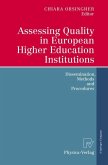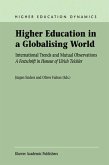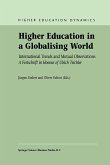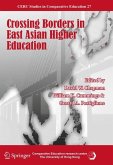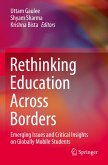The Universal Declaration of Human Rights endorsed in 1948 by member states of the United Nations continues to remain very much valid as it provides the solid foundation for most actions and activities that are aimed at guaranteeing the rights of everybody. The rights enunciated in the Declaration are comprehensive and two that are relevant to the content of this book are the right to education and the right to learn. The right to education and the right to learn are known to have been hotly debated by politicians, policy makers, and implementers. Sometimes, the rights in question here have found their way into political parties' manifestoes, and advocates oftherighttoeducation andtherighttolearnhavebeenquicktobringintojudgment politicians who have not lived up to their promises. Even at that, many member states of the United Nations have taken steps to ensure that access to learning is jealously guarded. For education and lifelong learning remain among the primary forces that can guarantee individual, community and national development, as they had always been from time immemorial. Globally, there has been ample evidence of efforts made by governments to p- mote the widening of access to participation in learning activities. Even so, the literature on the subject of access and participation has not captured suf ciently what has happened across the world in terms of providing access outside national boundaries in the context of globalization and the rapid creation of the knowled- based economies of the 21st century.
Daily, more and more higher education is crossing borders of space and time. Students are traveling abroad for education, or linking themselves to the world via the internet. Teachers are migrating from one continent to another. Transnational projects between educational systems in different countries are expanding. In Education Across Borders: Politics, Policy, and Legislative Action, James Fegan, Malcolm Field and more than twenty other leading educators, administrators, and researchers from across the globe examine the recent achievements of, and obstacles to, cross-border education, and assess future possibilities and problems. These thoughtful, practical essays remind us that education is not steady-state, and that the changes we are seeing in our local schools and universities are linked inevitably to developments in the wider world of trans-national education. Martin C. Collcutt, Professor of East Asian Studies & History, Princeton University, USA




